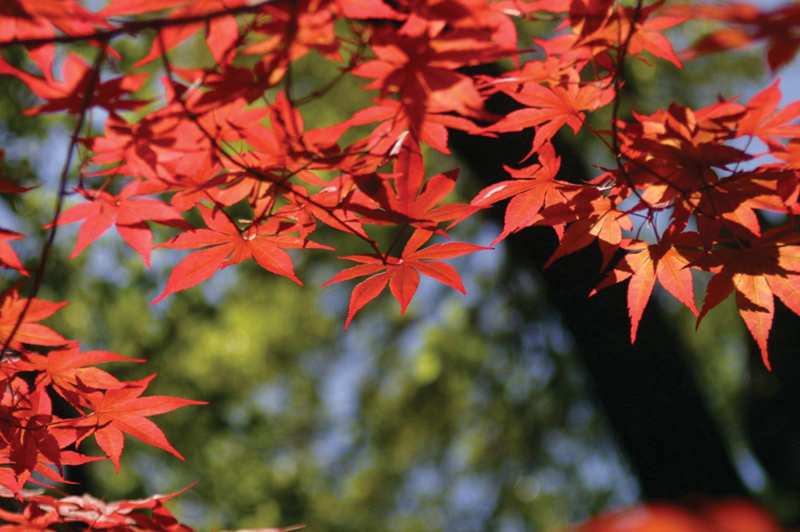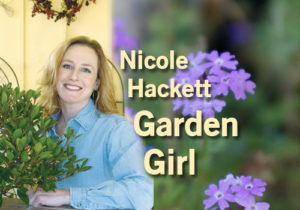Gear up for fall with new trees, shrubs and veggies

 CLAYTON, CA (Sept. 22, 2024) — Fall is a perfect time for new garden installations, because the warm soil creates an excellent environment for plant and tree roots to begin to establish.
CLAYTON, CA (Sept. 22, 2024) — Fall is a perfect time for new garden installations, because the warm soil creates an excellent environment for plant and tree roots to begin to establish.
Consider fall planting when the temperatures trend in the 80s. Then it’s time to install foundation shrubs and trees, rehab browning lawns, compost perennial beds, plant winter veggies and spruce up tired container plantings. It’s a lot to do, but the reward of a beautiful landscape is worth it.
Trees are the most popular fall installations. Folks seek Crape myrtles, Chinese pistache, Japanese maples, Palo Verde and fruitless olive trees, which all thrive in our environment.
Foundation shrubs are the bushes that define our landscapes. They support our homes, walkways and fence lines. Nandina, abelia, Westringia, Loropetalum and euonymus are all sturdy, basic choices for our landscapes. Leucadendron, Acacia Cousin Itt, Grevillea superb and Coastal Gem are unique and interesting selections that will also flourish in our landscapes. Evergreen ornamental grasses to consider installing in fall are any of the lomandra, fescue and carex.
Lawn care
Summer is so rough on our lawns. Even with the best care, summer browning can be an issue. Now is the time to get your lawn back in shape before winter. Get your turf aeriated and dethatched to make the soil penetrable again. Spread a layer of high-nitrogen soil conditioner throughout the grass to add nutrients naturally. Follow up with a dose of lawn food, and you’ll be on your way to a greener, happier lawn.
Our flowering beds and borders gave it their all this spring and summer, so it’s time for you to give back. Rake away the layer of mulch or bark and spread a couple inches of premium compost beneath the drip line of your perennials. Work the new compost into the soil using a cultivator. Prune away spent flowers and pinch back browning leaves.
While the bark is pulled back, it would be a good time to install some fall and winter blooming perennials. Osteospermum has daisy-shaped flowers and a mounding, sprawling growth habit. It comes in any color combination imaginable. If you’re craving body and foundation in a border, look to azaleas. They are evergreen, blooming late winter through spring, and one can see their large flowers from a distance.
Garden upkeep
This summer’s veggie beds were a huge success, in spite of the hot sun. Tomatoes, peppers, Japanese eggplants and spaghetti squash gave us high yields. But as the ripening slows, it becomes time to remove the plants, replenish the soil and install cool-season vegetables. Plant lettuce, spinach, chard and kale if you like leafy greens. Or opt for onions, garlic, beets, broccoli, cauliflower, cabbage and Brussels sprouts. Cool-season vegetables are generally successful, and many of the available installations are pretty to look at, too.
Container plantings almost always need a fall sprucing. Remove petunias and vinca and replace them with violas, pansies and ornamental cabbage. Remember to freshen the potting soil when you’re tending to your containers, using a potting soil geared to high-production plants.

Nicole Hackett
Nicole is the Garden Girl at R&M Pool, Patio, Gifts and Garden. You can contact her with questions or comments by email at gardengirl94517@yahoo.com
